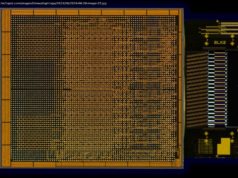We will explore how you can automate your team’s GitHub contributions using GraphQL.
GitHub contributions refer to the activities and contributions made by users within the GitHub platform. They are a way to track and quantify a user’s involvement and contributions to repositories, projects, and the GitHub community. GitHub provides various metrics to measure and showcase a user’s contributions. Automating GitHub contributions can offer several benefits, including efficiency and time savings, accurate and consistent tracking, real-time visibility, data-driven insights, motivation, and recognition. It optimizes efficiency, fosters collaboration, and enhances transparency within development teams, ultimately contributing to improved productivity and project outcomes. In this article, we will explore how you can automate your team’s GitHub contributions using GraphQL.What Is GitHub GraphQL API?
GitHub GraphQL is a query language and API (Application Programming Interface) that allows developers to retrieve and manipulate data from GitHub in a flexible and efficient manner. It is an alternative to the traditional REST (Representational State Transfer) API provided by GitHub.
With GraphQL, developers can construct queries that fetch multiple resources and specify the exact fields and relationships they require. This reduces over-fetching and under-fetching of data, making API responses more efficient.What Is GitHub Contributions API?
GitHub contributions can provide several insights and metrics related to a user’s activity and involvement in a project or repository. The key types of GitHub contributions include:
Commits: Commits represent changes made to the codebase. Each commit typically includes a set of modifications to files, such as adding, modifying, or deleting code. Commits are tracked and attributed to the user who made the changes.
Pull requests: Pull requests (PRs) are proposed changes to a repository’s codebase. They allow users to submit modifications or additions to the code and request that they be reviewed and merged by the repository owner or maintainers.
Issues: Issues are used to track tasks, bugs, feature requests, or general discussions related to a repository. Users can create issues, comment on existing ones, and participate in issue-related discussions.
Reviews: Reviews are feedback and comments provided by users on pull requests.
Home
United States
USA — software Unlock the Power of GitHub: Automate Your Contributions With GraphQL






